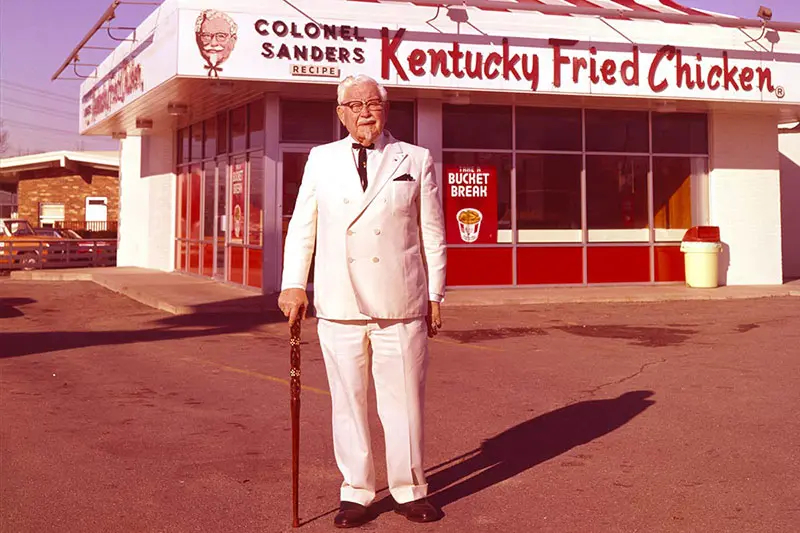



(quote)
Charles Santore, 84, nationally known illustrator from South Philadelphia was born into an Italian-Irish family. He began his career in 1956 working as a freelance illustrator for local advertising agencies and publications such as the Saturday Evening Post, Life, Redbook, and the Ladies’ Home Journal. Starting in 1972, he illustrated magazine covers for TV Guide. His first cover, depicting Peter Falk as the shambling TV detective, Columbo, brought him national acclaim.
In 1986, Running Press asked Mr. Santore to illustrate Peter Rabbit & Other Cherished Stories by Beatrix Potter. Mr. Santore went to zoos to observe the animals he was to draw. The details in the drawings became part of the story’s emotional resonance. “In his illustrations for children’s books, I don’t know a single artist that can bring you back to childhood in that way,” Valerio said.
In 1988, Mr. Santore illustrated Aesop’s Fables, and in 1991 he did a revisiting of The Wizard of Oz by L. Frank Baum, both for Random House. In 2003, Mr. Santore turned his attention to colonial history by illustrating Henry Wadsworth Longfellow’s Paul Revere’s Ride: The Landlord’s Tale. “When he did the illustrations, he went to Lexington and Concord,” Valerio said. “He wanted to see those places for real so he could make illustrations to engage his viewers.”
Santore spent the better part of his professional life in a large studio above a pizza shop in Rittenhouse Square. That’s where he painted pictures for reissues of classic books like the Wizard of Oz, Alice in Wonderland, Peter Rabbit, Snow White, and many, many others.
Santore could spend years on a single book, constantly revising the illustrations until they were just right. “If you’re in for a penny you’re in for a pound,” he said in a 2015 interview. “If I’m going to spend two or three years on a project, I want it to be the way it should be so I have no apologies. A book is around for along time. The worst feeling in the world is to look at a book and say, ‘If only I had more time I could have done this better.”
“When you’re working on a children’s book and you get involved in the long narrative, it’s more like composing a piece of music than a picture,” said Santoro. “You can actually make very quiet pictures that build to a crescendo.”
Santore’s work has been collected by many museums including the New York Museum of Modern Art and the Smithsonian National Portrait Gallery. Last year a major retrospective of his work was exhibited at the Woodmere Museum in Chestnut Hill.
Santore grew up in a working-class Italian neighborhood in south Philadelphia, and described himself as a tough kid who was compensating for a stutter by throwing punches, smoking at age 11, and hanging around pool halls, according to an interview in Communication Arts magazine . He drew portraits of neighborhood characters for cash, and was encouraged by teachers to focus on art. He said his world opened up when he was accepted to Philadelphia’s Museum School of Art, which is now The University of the Arts.
“Charlie Santore was an artistic treasure in the industry. He created worlds that were familiar but elevated them beyond the scope of our imagination,” said Running Press Kids creative director Frances Soo Ping Chow, who worked with Santore for over a decade.
Woodmere’s Charles Santore show is a trove of illustration, from Columbo to Cowardly Lion
(unquote)






